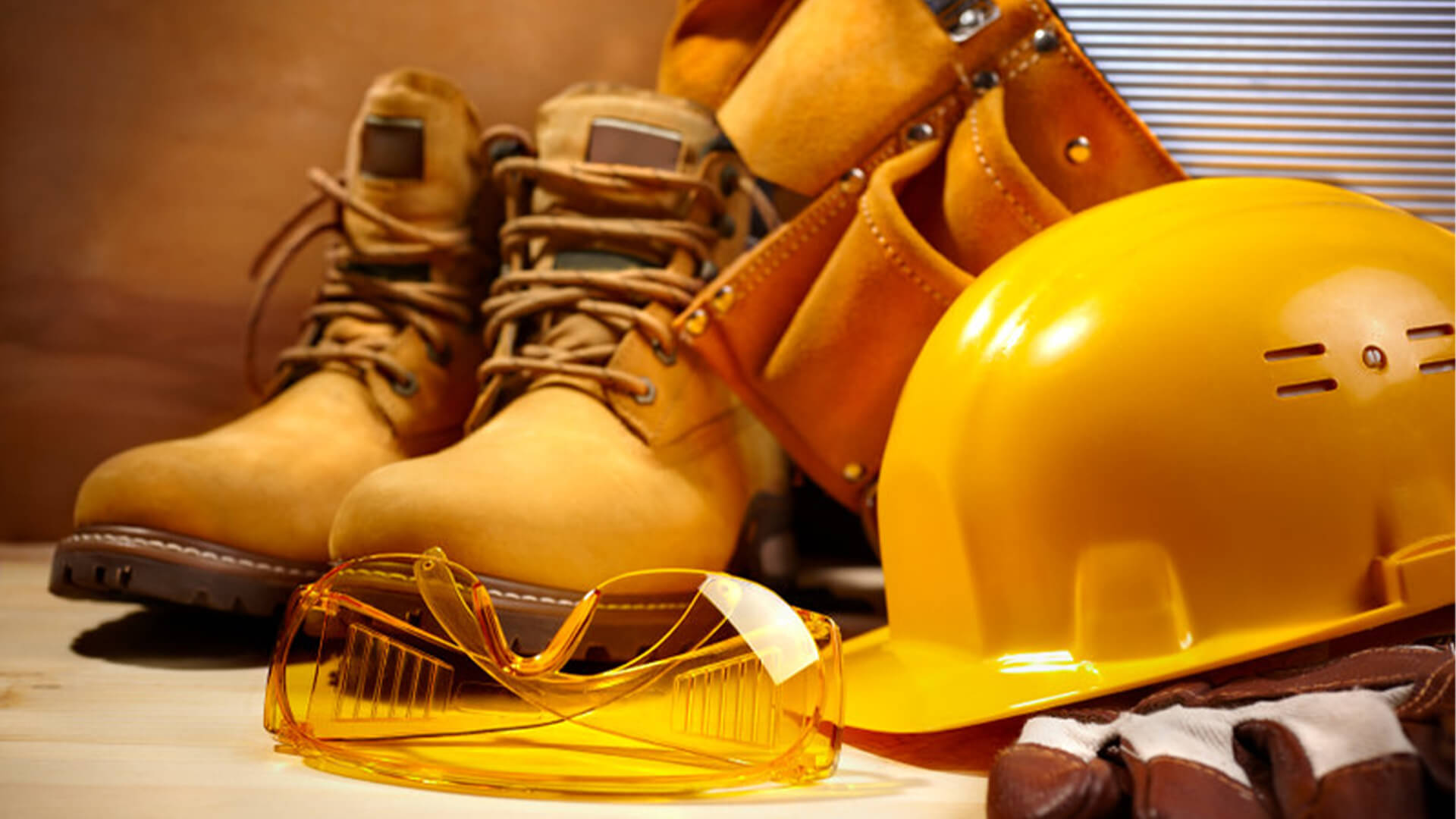In accordance with the records of OSHA, 20% of deaths in the workplace are of construction workers. Construction can be one of the safer occupations if the workers are well aware of the hazards and they know how to use an effective health and safety program.
Apart from being aware of the safety precautions and programs, there are certain tips for employees as well as employers to follow, and they can easily prevent accidents at construction sites. Let’s dig down further to know what must be done to avoid hazardous events at your construction sites:
Construction safety training
Before the construction workers are employed to serve, it is very important to educate them on all workplace hazards and safety standards they must have knowledge of. For any task they are called to do, the construction workers are supposed to review the health and safety policies.
The safety policy must include the standard procedures to follow along with the instructions on how to call the trained first aid responder in case of any unfortunate incident. It’s very necessary to inform the workers not to operate any equipment they’re not trained or qualified to use on construction sites. Construction workers should be trained not only to prevent the hazards for themselves, but they must be educated on how to help others to avoid common workplace accidents.
Provide personal protective gear and equipment
Employees must always use the recommended safety gear and equipment to perform their duties. Their personal safety equipment may include but is not limited to a protective suit, hard hat, goggles, high-visibility clothing, steel-toed shoes, and gloves. Summer is the hottest of the four temperate seasons for the construction workers, and to protect themselves from the Australian sun, workers must wear wide-brimmed safety helmets, long sleeve work shirts as well as nape protectors.
Hazard identification to make a plan
For any kind of unexpected hazards, safety inspectors must visit the construction site to identify the possible hazards. After making a careful risk assessment, a list of prevention measures must be prepared and executed. The most important is to make sure that all the employees at the workplace should be provided with appropriate information and training.
Let the employees take regular breaks
Let the workers refresh during the breaks because this is the time for them to relax and get ready to work further effectively. Because of fatigue and dehydration, the chances of workplace accidents are more likely to increase. Hence it’s recommended to allow the construction to offer enough time for lunch and regular breaks. Employees should be discouraged if they intend to work during break time or if they wish to work overtime.
Make use of warning signs
Make use of clear enough signage to warn of hazards and dangers for the workers. Construction companies can use a temporary fence sign around the worksite to inform the passers-by about the working area and the type of dangers they may encounter. There can be a variety of signs that are used on the construction sites, such as safe condition signs, warning signs, prohibition signs, and fire equipment signs. It’s important to make these signs clear, and they must be accompanied by cones, ropes, and other essential equipment to block off the danger zone for the passers-by.
Fall protection
On construction sites, most of the injuries and deaths commonly happen because of falls. Normally it happens when protection protocols are not in place or the construction workers are not asked strictly to follow them. Ask your construction workers to follow the fall protection protocols. These protocols may include but are not limited to:
- Guarding the floor holes, construction workers can accidentally fall into
- Open-sided elevated platforms must be provided with guard-rails
- Display the ‘Danger Signs’ near and around the conveyor belts, a vat of acid, or other dangerous machines and equipment to protect your staff members
Train your workers to make use of fall protection kits and rescue equipment. They should know how to use the tools such as lanyards, safety harnesses, and other safety tools made for suspension and positioning of the workers while they are busy working on buildings.
Conduct safety meetings on a daily basis
Conducting safety meetings on a daily basis may seem like overkill, but the best part is that such meetings bring you a lot of details regarding the hidden security risks that your safety inspection team might have missed. Take these meetings as an opportunity for the construction workers and safety managers to sit together at the table and discuss the concerns the employees experience on-ground while they are busy working. They may go over the safety rules and may suggest changes in such safety protocols to make the construction site a hazard-free area.
Hence meetings offer a quick review of the safest practices that should be followed by all the employees. If the safety team of your construction company has ensured that every worker is on the same page, certainly your construction site will be more likely to have the least possible accidents.
Takeaway
As a construction company, you never want any of your employees to get injured on the job. Even if you have been taking strict safety measures, there can still be things that can be out of your control. Some unfortunate incident or an accident at your construction site may result in an expensive claim against your company. Once insurance is in place, you and your construction business will be at least possible risk, and financial stress will be minimized.

































